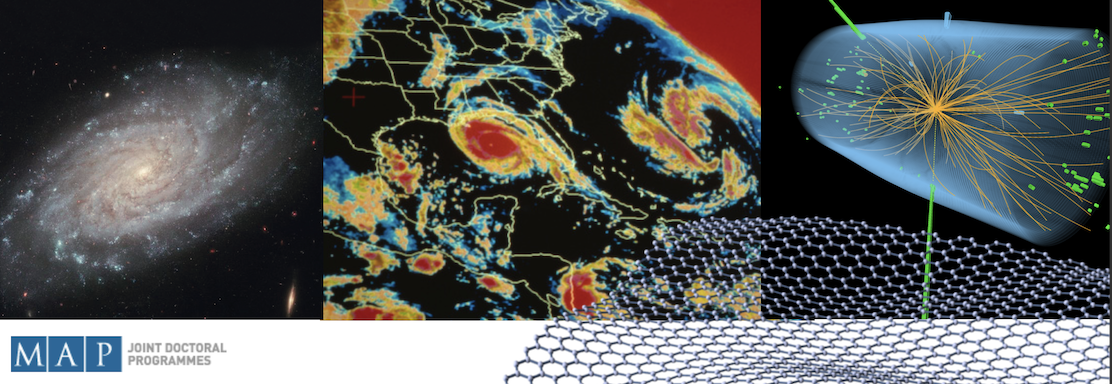Speaker
Description
We present the building blocks of an energy-efficient on-chip platform for neural network applications based on III-V semiconductor nanopillar arrays. This approach draws inspiration from insect eyes and their neuronal architecture, as they allow for remarkable capabilities to extract and process information from the surrounding environment with extremely low energy consumption.
A bio-mimicking optimized visual perception mechanism is addressed by implementation of nanopillars in Gallium Arsenide (GaAs) for interpretation of incoming light-coded information. We aim the development of a network based on nanopillar device neurosynaptic nodes, as an energy-efficient on-chip nano-optoelectronic platform that will also include memory solutions. When integrated in CMOS technology, these structures can enable reliable approaches for light-driven neurorobotics, bio-inspired optoelectronics, and ultimately brain-machine interfaces.
The nanopillar arrays consist of an epilayer of GaAs and Aluminium Gallium Arsenide (AlGaAs) layer stacks with a double-barrier quantum well (DBQW) structure that defines its operation as a synaptic receptor with a negative differential conductance region. A light-emitting diode (LED) structure is also included for oscillatory spike signalling. Several lattice parameters (including pillar diameter and periodicity distance – pitch) were tested through FDTD simulations. The fabrication steps of nanopillar-based devices in cleanroom environment included e-beam lithography, dry-etching of the semiconductor material, chemical passivation and metallization of the electrical contacts. Tests were performed in elliptical pillars having semi-minor axis lengths as low as 150 nm, in compact layouts with pitch values down to only 2 times the semi-minor axis.
| Which topic best fits your talk? | Condensed Matter Physics and Nanomaterials |
|---|

